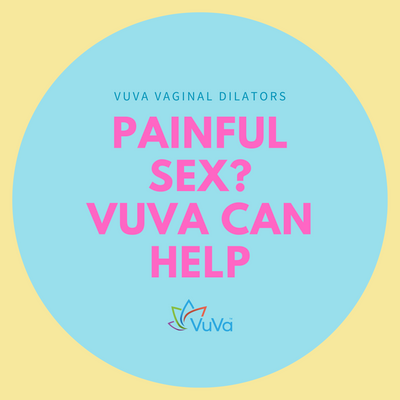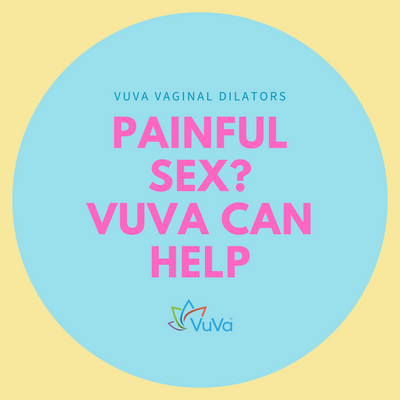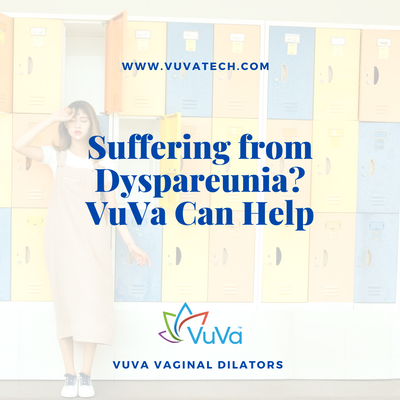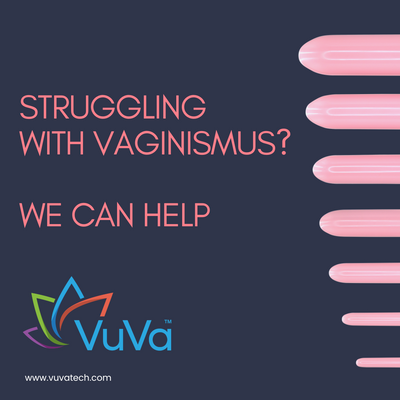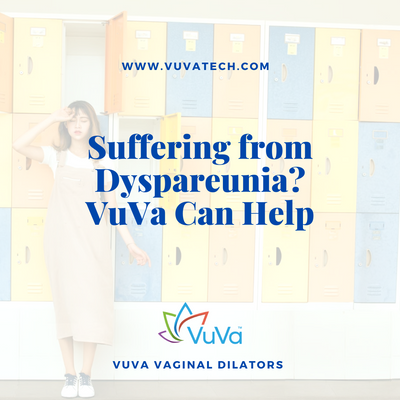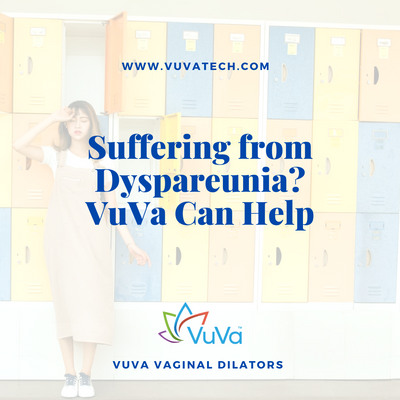
| Caroline Knight
Foods to Avoid with Vulvodynia
Vulvodynia is a chronic pain condition affecting the vulva area in females. What causes it hasn’t been definitively confirmed, but experts think the causes are among vulvar cells responding abnormally to trauma or infection, genetics, hormonal changes or imbalances, nerve feedback abnormalities, allergic reactions, yeast infections, pelvic prolapses and more.
It can be a challenging condition as it’s often difficult to treat, although relief from vulvodynia symptoms is certainly possible. Certain natural treatments and protocols can help vulvodynia, as can medications, but what if we told you there were dietary changes you could make that could lessen or completely relieve your symptoms? It’s true… some common foods might be exacerbating your vulvodynia pain, so knowing which foods to cut out could be a valuable key to your healing.
Read on to find out which foods to avoid with vulvodynia…
Which foods to avoid with vulvodynia
There are organic compounds known as oxalates, found in some plant and animal foods. These are not really a requirement for human nutrition, but while most people can excrete oxalates through passing stools and urinating, some have sensitivity or intolerance to them. In fact, oxalates have been linked to vulvodynia. It should be noted that they don’t cause it, but they may play a part in worsening symptoms. Reducing oxalate intake is therefore recommended.
One study of 59 women with vulvodynia demonstrated that there was a possibility that a low oxalate diet could relieve symptoms somewhat. It isn’t guaranteed, but it may be worth a try! Nearly a quarter of the subject showed some improvements when they stopped eating high oxalate foods.
Below are the foods to avoid if you have vulvodynia:
Fruits and vegetables
These fruits and veggies can be problematic since they’re high in oxalate with over 50mg of oxalate per serving. Note that oxalate content in foods can vary greatly, but the below is a general guide to high oxalate foods:
- Swiss chard
- Spinach
- Okra
- Leeks
- Green beans
- Beet greens and beetroot
- Collard greens, dandelion greens, mustard greens
- Wax beans
- Eggplant
- Escarole, parsley, and rutabagas
- Tomato paste
- Dried apricots
- Red currants, elderberries, blackberries, gooseberries, raspberries, blueberries
- Star fruit
- Figs
- Rhubarb
- Kiwi fruit
Nuts, seeds and beans and grains
Lots of nuts and beans also have varying but relatively high oxalate content:
- Peanuts
- Almonds
- Hazelnuts
- Pistachios
- Pecans
- Sesame seeds (and tahini)
- Poppy seeds
- Refried beans
- Baked beans
- Kidney beans
- Dried beans
- Lentils
- Wheat bran, wheat germ, and barley
- Grits and bran cereal
- White corn flour and buckwheat flour
- Whole wheat bread
Drinks
Depending on how strong you make your drink, it could be high in oxalates. The drinks to avoid with vulvodynia are:
- Brewed or instant coffee
- Tea
- Cocoa
- Dark draft beer
- Soy milk
The best drink you can choose if you have vulvodynia is good old purified water! If you can’t go without the above beverages, dilute them or find a low oxalate substitute where possible.
Other foods to avoid with vulvodynia
We also recommend leaving out soy burgers and other soy products (for example, tofu and miso) and desserts such as fruitcake, chocolate (we know!), carob and marmalade.
If you find that cutting the above foods out isn’t making any difference, you may not need to deprive yourself. It could help to make a food diary of what you ate when, and when you felt better or worse after specific food intakes. This way you can figure out which foods you personally need to avoid if you have vulvodynia. You may be interested in our article on natural ways to treat vulvodynia, since this condition often requires various approaches to find that magic key that leads to pain relief! We wish you the best of luck!
Do you need to order vaginal dilators so you can start your pelvic floor therapy process? Made in the USA. Visit www.vuvatech.com
VuVa Helpful Links:
How do Neodymium Vaginal Dilators work?
7 Reasons for a Tight Vagina and How to Loosen
How to Relax Vaginal Muscles, Vaginismus & Sex
Vaginal Stretching - Keeping in Shape with Dilators
Do Dilators Really Work? Yes, and They can Improve Your Sex Life!
Shop for VuVa Vaginal Dilators




